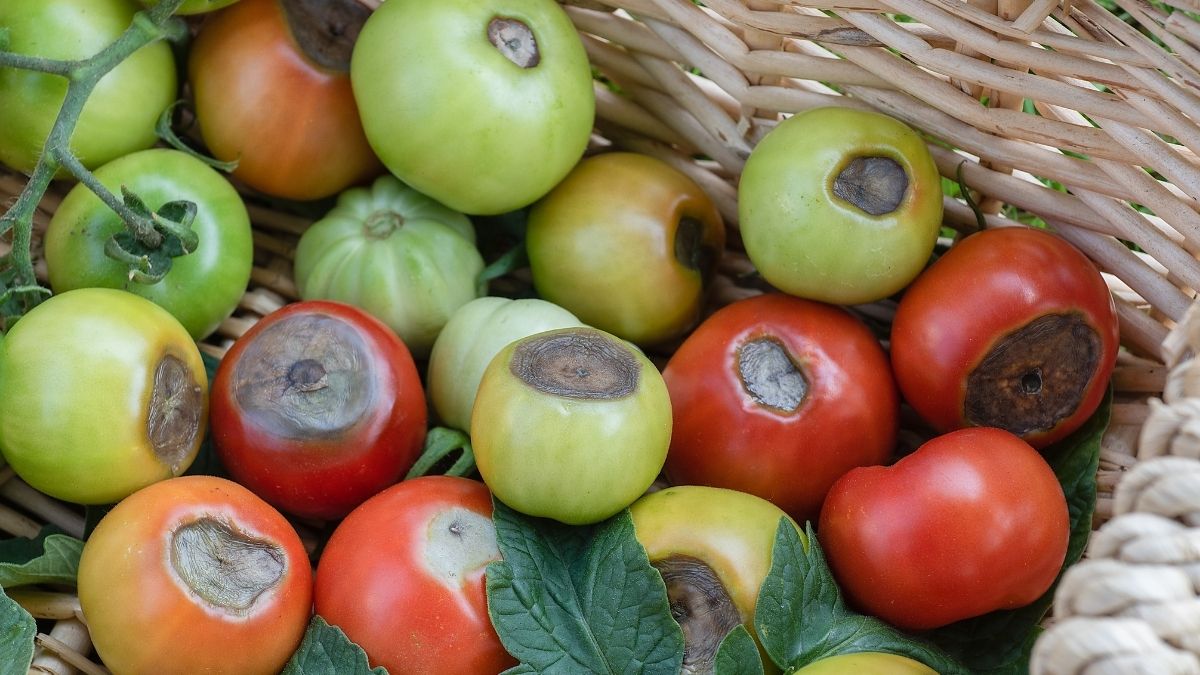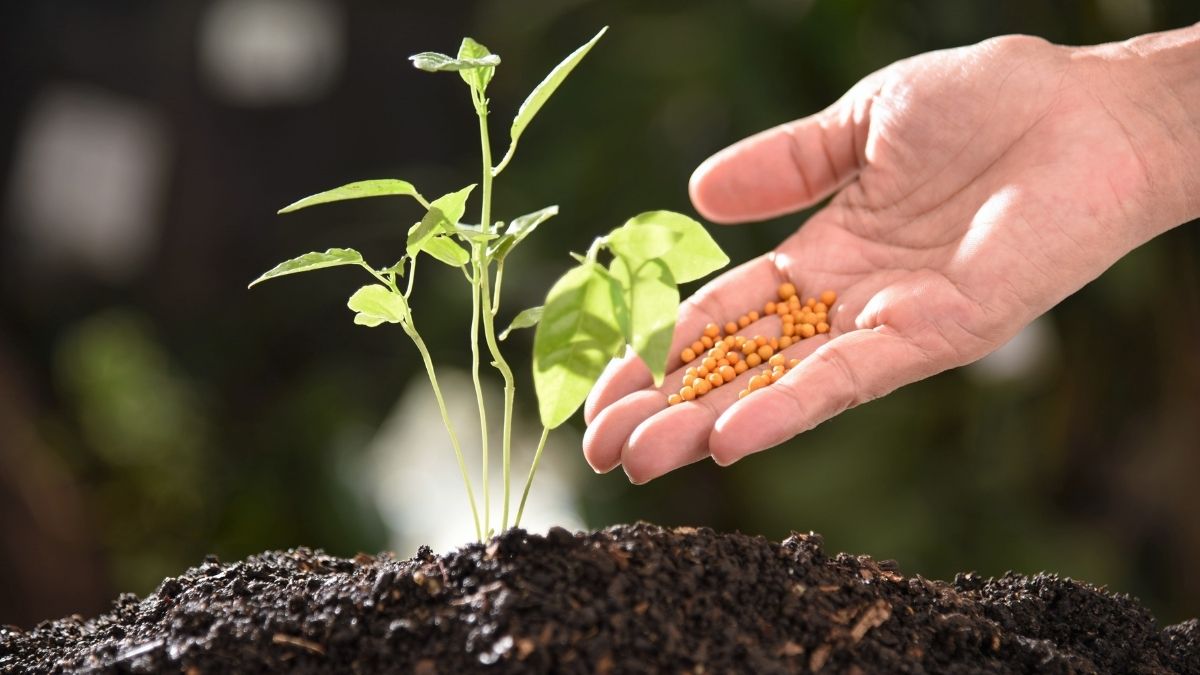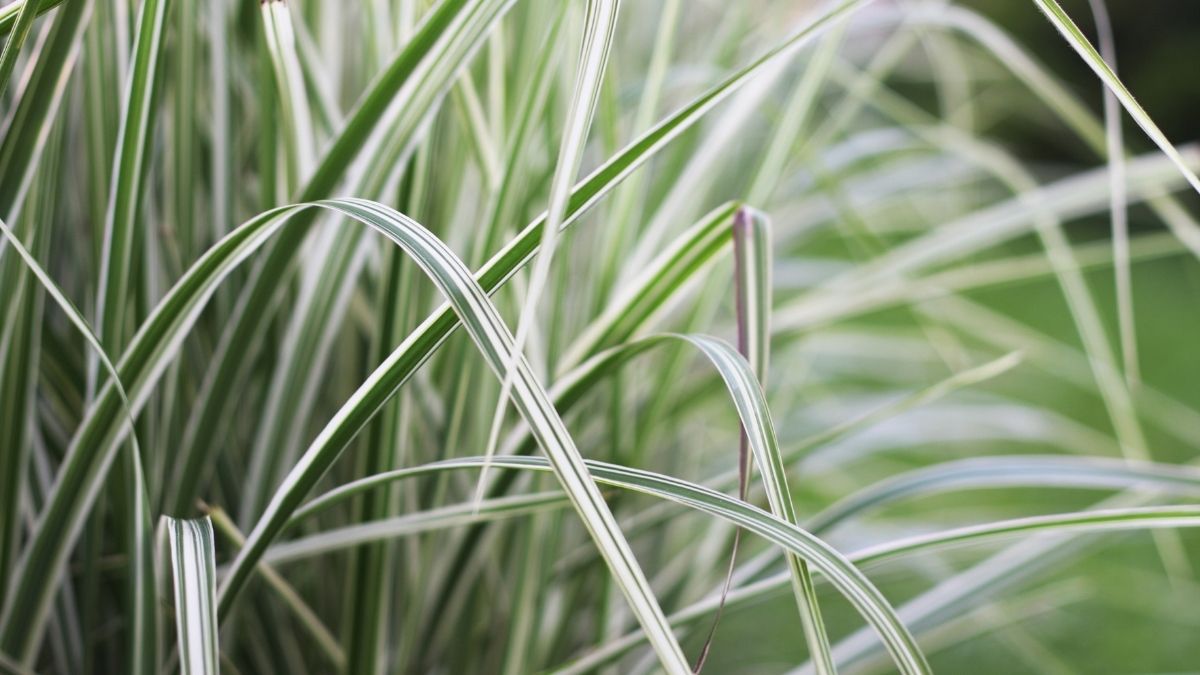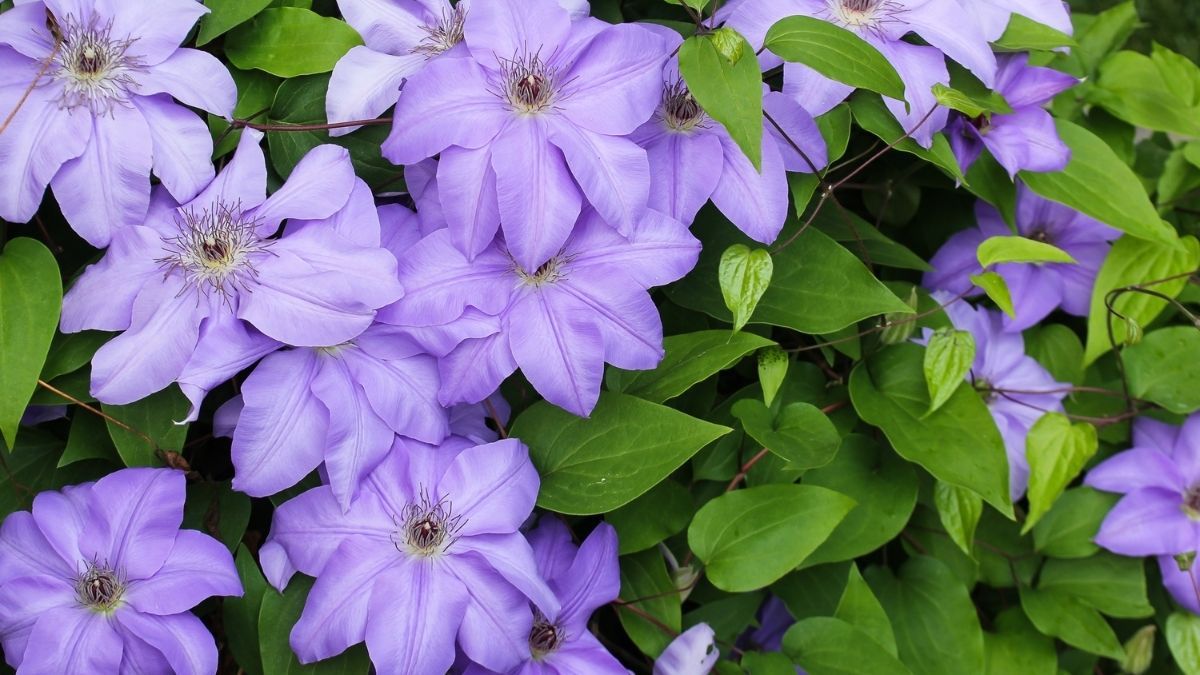An Ornamental Grass Story
A story about ornamental grasses. Years ago, a dear friend of mine, Dr. Marc Cathey, took me on a tour of the National Arboretum in Washington DC. We stopped at the New American Garden (long time ago – probably a different name by now). This was when grasses were just beginning to come into vogue in landscapes. He asked me what I thought of them. My honest opinion was I thought they looked rather unkempt. He said we’d sit on the bench overlooking the planting until I developed a better appreciation of them. Miss that man! And I do appreciate them these days – just look around the farm. They’re great for fall and winter interest. Relatively carefree. Drought tolerant. Make great hedges. Birds love the seed heads.
Here’s how we take care of them come spring: Some people use duct tape, but string (baler twine) will do. Just tie or tape the stems together into a bundle, grab your hedge trimmers and cut about 4-6 inches above the ground. Easy clean up. Dr. Cathey would be proud.
Visit our blog for more tasty recipes and gardening tidbits!
Rosemary-Infused Housecleaner
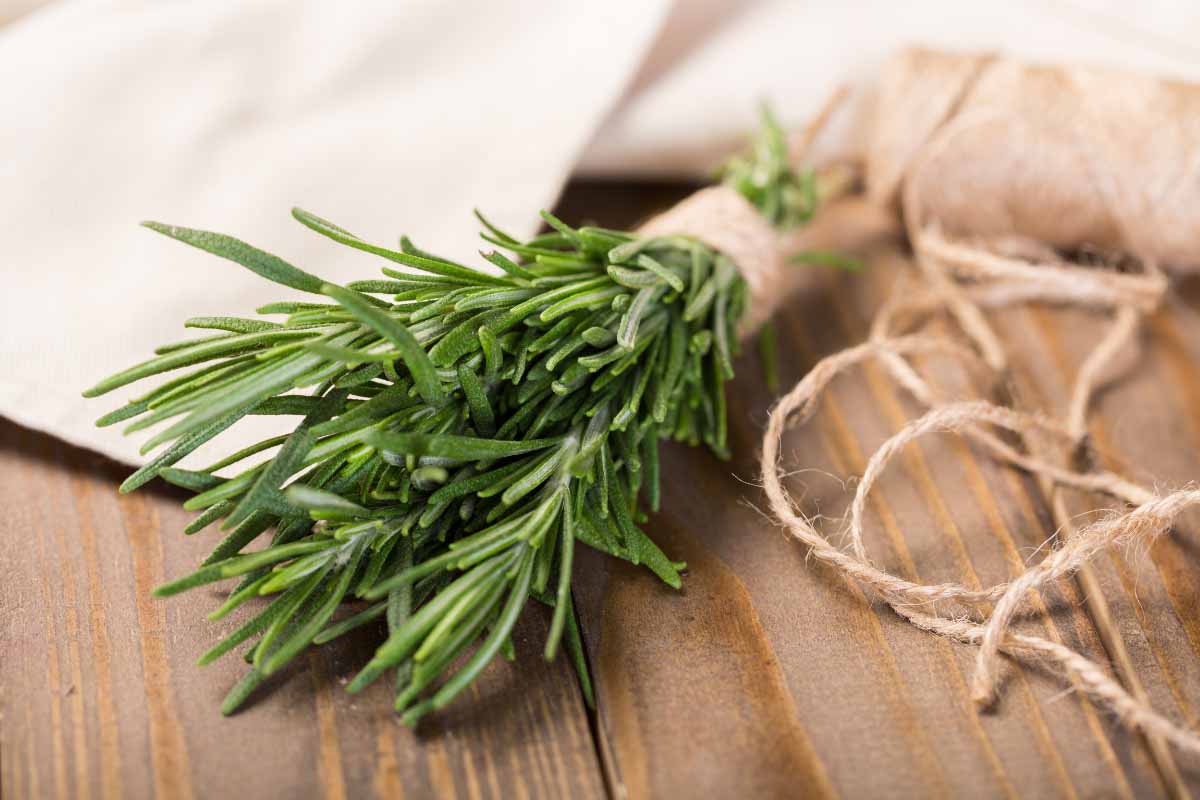
Vinegar has been used as a household cleaner for ages. Created by the fermentation of diluted alcohol products, vinegar features an acidity that makes it an amazing cleaner and disinfectant. However, it doesn’t smell that great. Use a few sprigs of rosemary from the garden and some lemon to create a lovely scented homemade cleaner!
You’ll need:
- 2 sprigs rosemary
- Peels of 2 lemons
- 2 cups water
- 2 cups white vinegar
- 1 quart jar
To make:
Add all ingredients to your jar and let them rest for 10-14 days in a cool location to let the oils infuse. Once infusion is done, strain your ingredients and put the liquid into a spray bottle. If you prefer, you can keep the lemon and rosemary in the spray bottle.
Note: As with any acidic product, avoid using this cleaner on porous surfaces.
Need rosemary? Pick up a few plants here at the Greenhouse!
